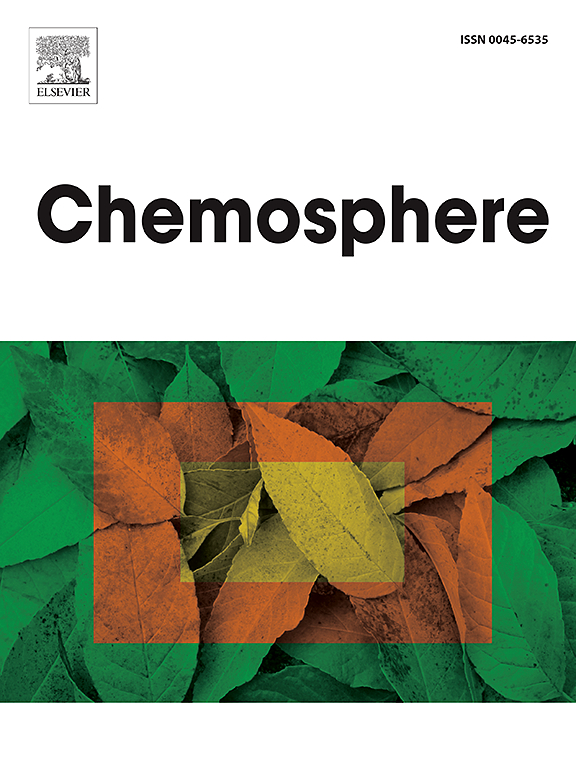Importance of the envelope in Escherichia coli resistance to lithium
IF 8.1
2区 环境科学与生态学
Q1 ENVIRONMENTAL SCIENCES
引用次数: 0
Abstract
The increasing use of lithium (Li) in emerging technologies has prompted concerns about its effects on living microorganisms. To enhance our understanding of the bacterial cytotoxicity of Li, we conducted a deletomic analysis using the bacterial model Escherichia coli. A screen of 3,985 knockout mutants under Li stress highlighted 27 Li-sensitive and 15 Li-resistant mutants. The synthesis of peptidoglycan and the capsule, along with the secretion of colanic acid, contributed to resistance to Li. Ribosomes and the stringent response also seem to play a role in mitigating Li cytotoxicity. A cross-metal comparison revealed that the Li-sensitive phenotype of the mutants was shared with Ca, whereas the resistant phenotype was shared with Mg, Na and K. Moreover, this allowed the identification of ΔacrA as a Li sensitivity-specific mutant. AcrA is a subunit of the AcrAB–TolC efflux pump, which is responsible for the efflux of various xenobiotics. We demonstrate that ΔacrB-ΔtolC accumulates approximately 1.5 times more Li than the WT, indicating that this pump could also facilitate the efflux of Li. This study offers a more comprehensive insight into the mechanisms involved in the Li response in E. coli.

求助全文
约1分钟内获得全文
求助全文
来源期刊

Chemosphere
环境科学-环境科学
CiteScore
15.80
自引率
8.00%
发文量
4975
审稿时长
3.4 months
期刊介绍:
Chemosphere, being an international multidisciplinary journal, is dedicated to publishing original communications and review articles on chemicals in the environment. The scope covers a wide range of topics, including the identification, quantification, behavior, fate, toxicology, treatment, and remediation of chemicals in the bio-, hydro-, litho-, and atmosphere, ensuring the broad dissemination of research in this field.
 求助内容:
求助内容: 应助结果提醒方式:
应助结果提醒方式:


